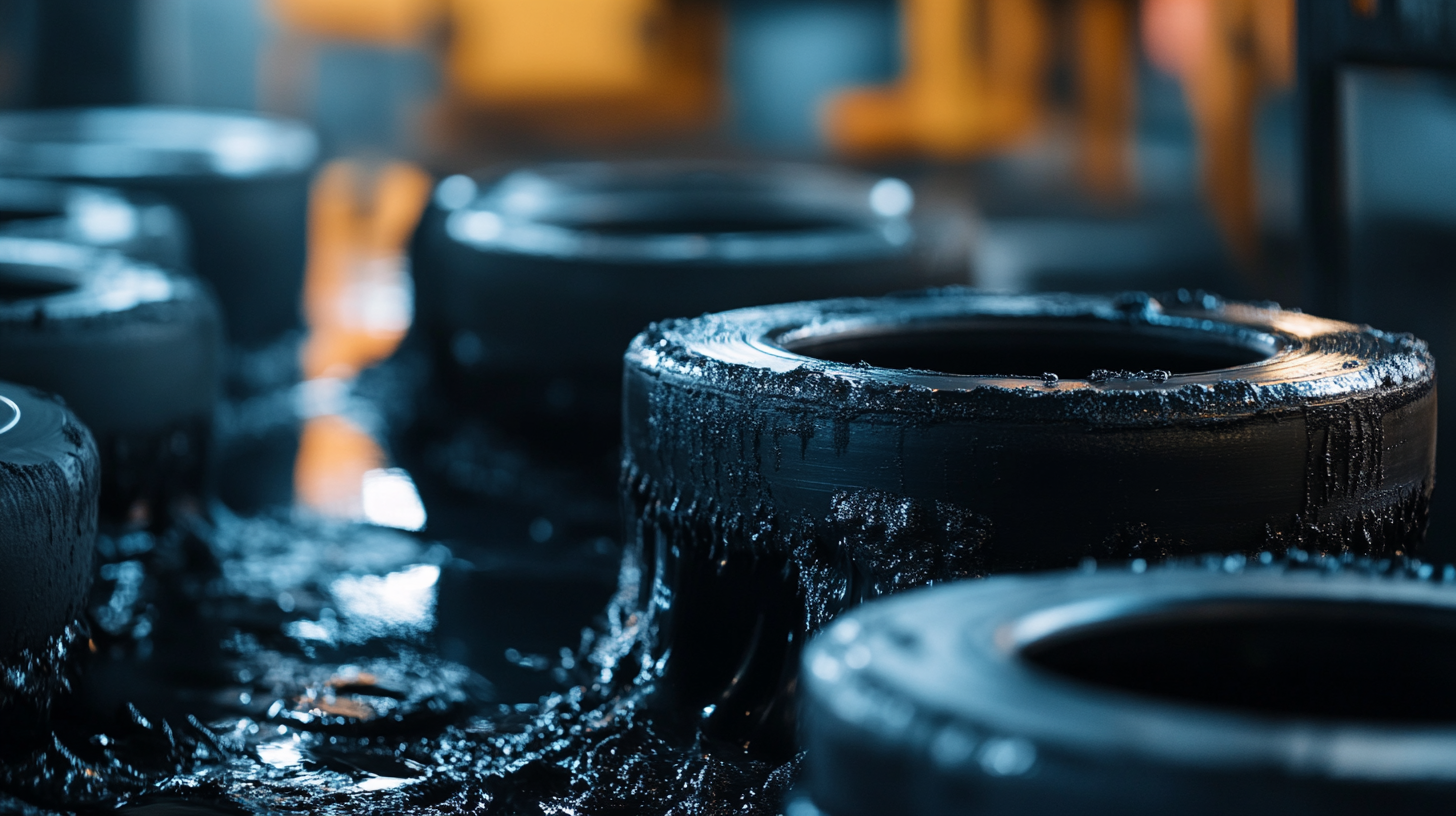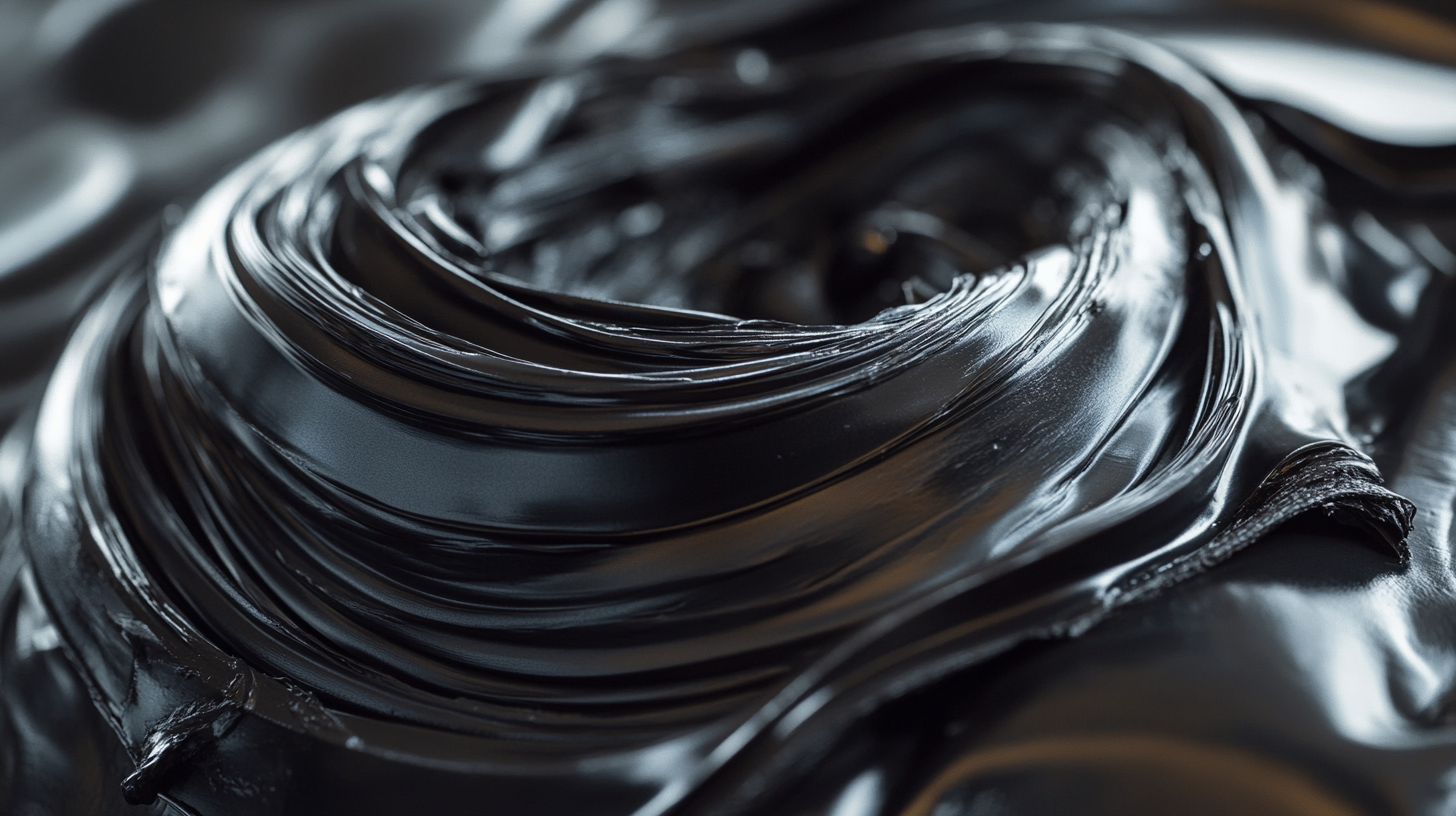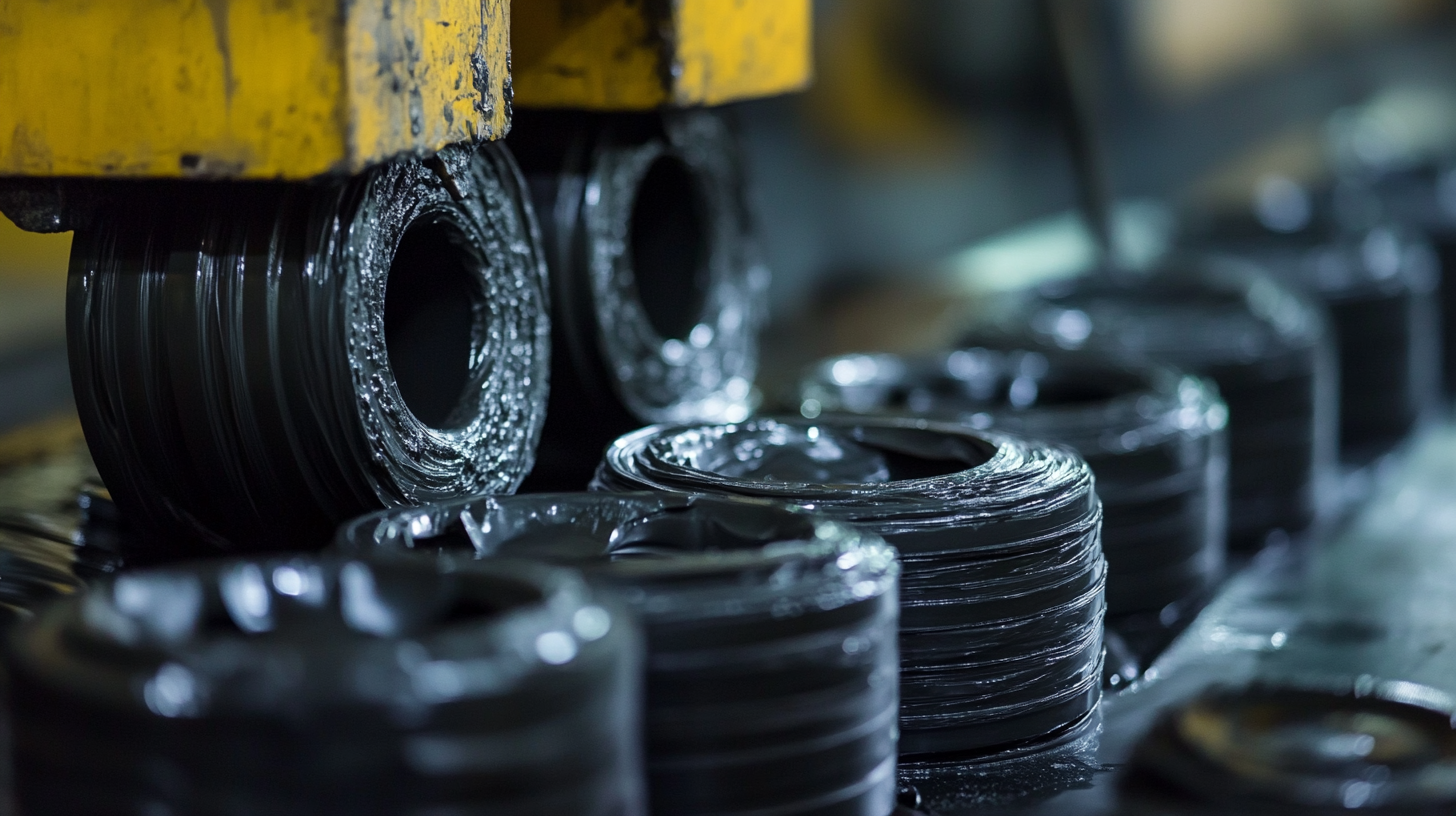How to Source the Best Vulcanizing Rubber for Your Production Needs
In the manufacturing industry, sourcing high-quality materials is essential for ensuring the durability and performance of final products. One such critical material is vulcanizing rubber, a versatile substance known for its enhanced strength, elasticity, and resistance to heat and chemicals. As production demands evolve, so does the need for manufacturers to identify the best vulcanizing rubber that meets their specific requirements. Whether you are in the automotive sector, manufacturing industrial components, or producing consumer goods, selecting the right type of vulcanizing rubber can significantly impact the quality and efficiency of your processes. In this blog, we will explore the key considerations and strategies for sourcing the best vulcanizing rubber for your production needs, enabling you to make informed decisions that align with your operational goals and product standards.

Understanding Vulcanizing Rubber: Key Features and Benefits
Vulcanizing rubber is an essential component in various production needs, particularly in tire manufacturing. Understanding its key features and benefits can significantly impact the final product's durability and functionality. The vulcanization process transforms raw rubber into a more robust material through the addition of sulfur, which creates cross-links between rubber molecules. This results in enhanced resistance to wear and tear, heat, and environmental conditions, making it an ideal choice for high-performance applications.
Moreover, the use of zinc oxide plays a critical role in the vulcanization process. As an active agent, it promotes and accelerates vulcanization, ensuring that the rubber achieves optimal strength and stability. While some alternatives to conventional zinc oxide are available, traditional zinc remains a vital ingredient in achieving desirable rubber properties. With the growing emphasis on sustainability, many manufacturers now utilize scrap tires, making this an environmentally friendly choice while meeting production demands. Understanding these features not only facilitates informed sourcing decisions but also contributes to creating innovative rubber products that stand out in today's competitive market.

Identifying Your Production Requirements for Rubber Sourcing
When sourcing vulcanizing rubber for production needs, it is imperative to first identify specific production requirements, which includes assessing material quality, sustainability, and source reliability. According to recent studies, over 90% of the world's natural rubber supply is derived from Southeast Asia, a region whose rubber trees thrive in hot, humid climates. This geographical concentration raises concerns regarding environmental sustainability, especially in light of the EU’s new deforestation regulation, which mandates stricter compliance for imported rubber and other commodities.
Sustainability is becoming a cornerstone of the rubber sourcing process. Companies are increasingly committing to sourcing from suppliers who adhere to robust environmental and social standards. For instance, a major tire manufacturer recently announced plans to source all its natural rubber from suppliers committed to new sustainability guidelines. This implies that procurement must go beyond price and availability, incorporating factors such as ethical sourcing and minimized environmental impact. Recent reports emphasize that due diligence in supplier networks is essential, integrating assessments of human rights and sustainable practices throughout the rubber supply chain.
With the growing demand for sustainable products, production requirements must now include a comprehensive evaluation of the ecological footprint of rubber sourcing. Understanding these dynamics not only enhances corporate responsibility but also aligns with consumer preferences shifting towards environmentally responsible products.
Vulcanizing Rubber Demand Analysis
This chart illustrates the demand for different types of vulcanizing rubber based on production requirements. The categories include Natural Rubber, Synthetic Rubber, and Recycled Rubber, with demand measured in tons.
Factors to Consider When Choosing Rubber Suppliers
When selecting rubber suppliers for vulcanizing rubber, several critical factors must be evaluated to ensure the highest quality materials for your production needs. According to a report by MarketsandMarkets, the global rubber market is projected to reach USD 230.7 billion by 2026, which highlights the importance of sourcing from reliable suppliers who can provide high-performance products that meet stringent industry standards.
One of the foremost considerations is the supplier's experience and specialization in the rubber sector. A supplier with a proven track record in providing vulcanizing rubber can better understand the unique requirements of your production process, including temperature resistance, tensile strength, and elasticity demands. Additionally, it's crucial to examine the supplier's quality control measures. Industry standards such as ASTM and ISO certifications can ensure that the rubber you receive will perform consistently under various operational conditions.
Another significant factor is the supplier's ability to provide consistent supply levels and flexibility in order sizes. With the fluctuating rubber market and varying demand cycles, reliable suppliers who can adapt to your shifting production needs are invaluable. According to a recent study from Smithers Pira, insufficient supply chain management can lead to production downtimes costing companies up to 20% of their operational efficiency. Thus, thorough vetting of potential suppliers will help mitigate risks and enhance your production capabilities.
Evaluating Quality: Certifications and Testing Standards
When sourcing vulcanizing rubber for production, evaluating its quality is paramount. One of the key aspects to consider is the certification and testing standards that the rubber must meet. According to industry reports, rubber used in manufacturing should comply with ISO 9001 standards, which ensure consistent quality and safety management processes. This certification not only verifies that a manufacturer maintains high-quality production but also enhances their credibility in the competitive market.
Additionally, adherence to ASTM D2000 standards is crucial for rubber products intended for specific applications, particularly in demanding environments. This standard outlines the required physical properties and performance characteristics that vulcanized rubber must exhibit, providing a benchmark for manufacturers. Furthermore, engaging with suppliers who conduct regular testing according to these industry standards can provide additional assurance of material quality. For instance, suppliers may use methods similar to those in the Clinical Laboratory Improvement Amendments (CLIA) for evaluating lab materials to ensure compliance with regulatory standards, thereby ensuring the rubber is suitable for its intended industrial application. By prioritizing these certifications and testing methods, manufacturers can significantly mitigate the risks of defects and failures in their products.

Cost vs. Performance: Making Informed Sourcing Decisions
When it comes to sourcing vulcanizing rubber for production needs, understanding the balance between cost and performance is paramount. Companies often face the challenge of navigating an intricate landscape where the cheapest options may not necessarily deliver the quality required for optimal results. It's essential to evaluate suppliers not only based on price but also on their ability to provide materials that meet specific performance standards. High-quality vulcanizing rubber can significantly extend the durability and effectiveness of end products, ultimately leading to greater customer satisfaction and reduced overhead in terms of returns or replacements.
In today's world, where technological advancements are reshaping industries, businesses must also consider sustainability in their sourcing decisions. The rapid development of AI and data-driven approaches allows firms to analyze the environmental impact of their materials more effectively. By opting for sustainable vulcanizing rubber options, companies can transcend mere compliance and embrace a responsible approach that aligns with consumer expectations for eco-friendly practices. This not only contributes to a lower carbon footprint but can also enhance brand loyalty among environmentally conscious customers, proving that challenging economic times can still support progressive sourcing strategies.

